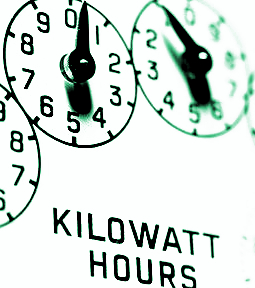Power prices can be driven down
 The ACCC says consumers can significantly improve the affordability of electricity.
The ACCC says consumers can significantly improve the affordability of electricity.
The regulator has issued its final Retail Electricity Pricing Inquiry report after a detailed review of the root causes of high electricity prices across the entire electricity supply chain.
It makes 56 recommendations for ways to fix the National Electricity Market. The full report is accessible here.
“The National Electricity Market is largely broken and needs to be reset. Previous approaches to policy, regulatory design and competition in this sector over at least the past decade have resulted in a serious electricity affordability problem for consumers and businesses,” ACCC Chair Rod Sims said.
“There are many reasons Australia has the electricity affordability issues we are now facing. Wholesale and retail markets are too concentrated. Regulation and poorly designed policy have added significant costs to electricity bills. Retailers’ marketing of discounts are inconsistent and confusing to consumers and have left many consumers on excessively high ‘standing’ offers.”
The ACCC estimates its recommendations, if adopted, will save the average household between 20 and 25 per cent on their electricity bill, or around $290-$415 per annum.
“It is clear that most households are paying far too much for electricity. In addition, some of the most vulnerable in our community are forced to struggle through freezing winters and scorching summers, with many others also having difficulty paying their bills,” Mr Sims said.
Commercial and industrial customers, the heaviest users, could see electricity costs decrease on average by 26 per cent.
“Commercial and industrial customers, like mining and manufacturing companies, have watched what has been a relative competitive advantage to them, affordable electricity, now threatening their viability,” Mr Sims said.
“While important steps have been taken recently, restoring electricity affordability will require wide ranging and comprehensive action. We believe our changes can and will, if adopted, have a powerful and tangible impact on electricity affordability for all Australians; this will reduce economic inequality and enhance our national welfare.
“Three further points need to be made,” Mr Sims said.
“First, our recommendations require some difficult decisions as sound economic reform usually does.
“Second, despite poor decisions over at least the past decade creating the current electricity affordability problem, it now falls to current Commonwealth and state governments to make the difficult decisions to fix it.
“Third, we must move away from narrowly focussed debates; addressing affordability requires change across a broad front,” Mr Sims said.







 Print
Print